Our services
What we can prepare for you
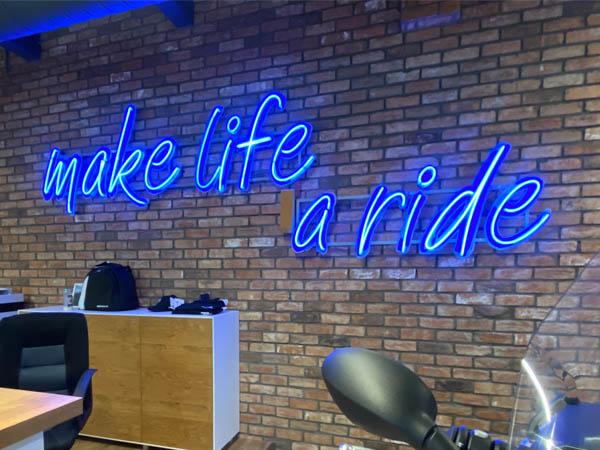
Neon signs and tubes
The importance of this now almost retro type of illuminating signs lies in the fact that it uses the challenging color radiation of luminophores and mixtures of rare gases in discharge tubes, in the so-called blown neon.
Clear or coloured glass in tubes of various diameters is bent over a flame into the desired letters, signs or artistic shapes, sintered with luminophores according to the colour requirements, then the tubes are filled with a mixture of rare gases on pumping stands in a vacuum environment.
After connecting to a high-voltage transformer, a coloured discharge occurs in the tubes, which is supplied in clear glass in approx. 30 standard colour shades, depending on the selected luminophore. Coloured glass enriches the range of radiation of the colour spectrum of neons many times more.
Different cassettes, sculptures or structures made of various materials can form the basis for created pieces of blown neon tubes.
The company mills, engraves, cuts, bends, welds, finishes or otherwise processes practically all types of metal materials – aluminum, stainless steel, brass, copper, black or galvanized steel, various materials based on hardened PVC, acrylics and polycarbonates.
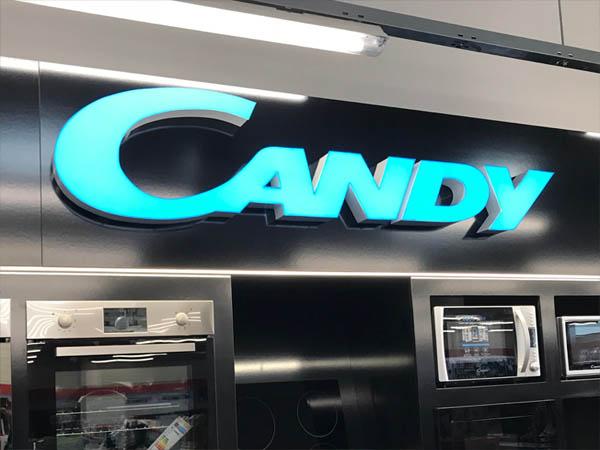
3d signs and letters
This alternative is based on the atypical production of three-dimensional, relief, plastic or 3D cassettes of logotypes, signs of various shapes and individual letters of entered inscriptions or names, the atypicality of which depends on the use of the required font of the inscription.
The production itself consists of the tinkering production of cassettes (or plastics) of any depth and material, of which aluminum is most often used, after it has been formed and with a surface treatment and in combination mainly with acrylics or polycarbonates.
For the production of 3D shapes of letters and characters, our company can use any of the different metal materials ( stainless steel in a mirror or polished finish, black or galvanized steel, brass, copper ) and materials based on hardened PVC, acrylics and polycarbonates, depending on the graphic expression and requirements.
Prefabricated folding profiles are also widely used, which are already prepared by the material supplier in advance, both in terms of surface and color in the shades of the most frequently requested modifications.
The next step after finishing the tinkering production is to solve the night phase of the sign. Due to the very low consumption, high luminous intensity, long service life and practically no malfunctions we use solely the technology of electroluminescent diodes – LED modules and chain systems, but also very rarely the technology of blown high-voltage discharge tubes ( which is described in more details in the chapter Neon signs and tubes ).
For the front lighting of signs a wide range of LED, halogen or discharge point lamps is available on the market, which are supplied depending on the required standard or performance, or the design of the lamp body itself is important
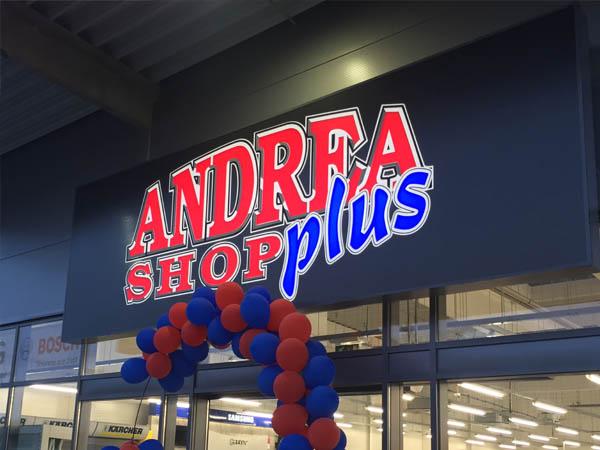
Boxes, panels, boards and buttons
Perhaps the fastest, simplest and least financially demanding technology for the production of a lighting eye-catcher, an illuminating sign or a company logo is its creation using the alternative of a flat box, board, button or panel.
The pre-fabrication of profiles and individual parts for this method of advertising production has perhaps progressed the farthest, so today it is not a problem to use these parts to make a one-sided or double-sided button ( so-called stick banner ) with an acrylic or polycarbonate face, which can be attached with the desired graphic creation by using self-adhesive foils ( translucent or transparent ) or foils with digital colour printed graphics.
A special chapter is currently widely used large-area boxes with a stretchable vinyl face, the so-called backlit boxes, which are made into specially adapted clipping profiles and are clamped to the body of the large-area box by using the tension clips.
The advantage of these boxes is a practically infinitely long area without a working expansion joint, it is limited only by the width of the production of the vinyl sheet, which, however, can be delivered in large sizes (2.5 M, 3.6 M, 5.2 M, 6 M…).
Illumination sources for the front surfaces of both small and large boxes are now usually exclusively LED modules and chips, in the recent past linear fluorescent lamps or high-voltage Slimline tubes were still widely used.
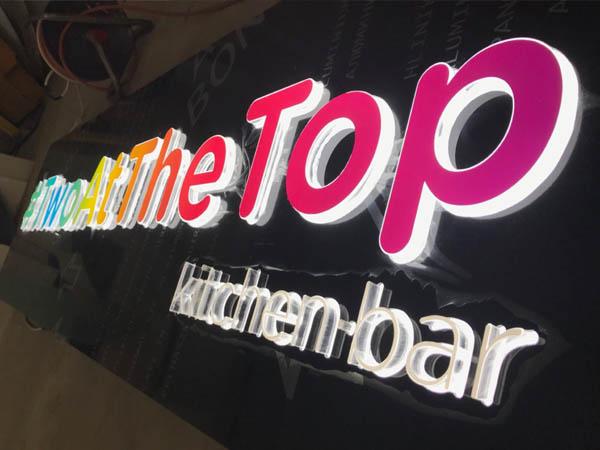
Milled, engraved and pressed signs
In addition to the technology of cutting the logotypes, signs and letters from self-adhesive foils, it is also necessary to mention the technology of milling, engraving and pressing.
In our company, a large-area milling and engraving plotter Gerber Edge is used for these purposes. A writing or sign made by a plotter this way can be plastic, i.e. three-dimensional, which gives to it a greater visual effect and higher efficiency.
The creation and production of a sign using a milling and engraving plotter is similar to that with a carving plotter and cutter, the difference is in the processed material, which is in this case not a foil, but different types of plastics, metals, wood, cardboard, leather or even a rubber. This technology is also perfectly applicable in the production of illuminated signs, box lettering, inlaying of various materials, etc.
A special area is the milling of cylindrical, spherical or beveled surfaces, which demands a special hardware and software equipment, because the equipment itself requires control of three or even more axes.
Particular area is also the industrial application of the technology of cutting usually harder, stiffer and more durable materials in the exterior using a laser and a water-cut. Currently is particularly popular the technology of cutting the logotypes, signs and different writings from hardened polystyrene with a coloured surface treatment. However, it is mainly suitable for interiors, widely found especially in business parks and shopping centers.
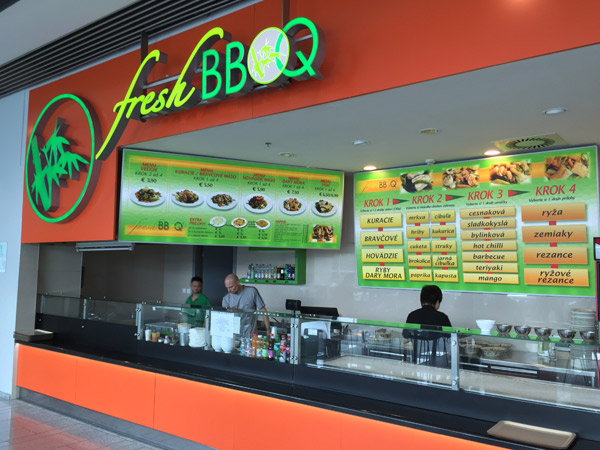
Menuboards, guidance and info-systems
For easier orientation in, as a rule, larger buildings (especially administrative ones) with a higher number of individual sections, divisions and employees, it is necessary in a purpose to simplify a communication with the client or a customer to create an info-system that will accompany you as a visitor in the building from your arrival till your departure of the building.
Therefore, from the point of view of advertising and promotion of the company it is usually important to deal with the exterior guidance system ( panels, tables, banners before arriving to the searched object ), as well as with the interior guiding and info-system ( marking by using boards and tables inside the object).
It is also usually divided into the main guiding system ( solution of marking at the entrance of the building, in the foyer, reception or counter ) and the secondary guiding and info-system ( marking the separate departments on individual floors and the rooms or offices themselves ).
When manufacturing an info-system, it is again possible to consider different material bases – metal ( stainless steel, brass, copper, but especially aluminum in various surface treatments ) and plastic ( based on PVC, acrylics, polycarbonates ).
The technology of production and processing of these materials is usually the method of milling, engraving, cutting with a plotter, laser or a water-cut.
A special chapter of info-systems, especially in business and shopping centers, is made up of menuboards of fast-food courts and various gastronomic units, with the help of which the client can very quickly, simply and efficiently navigate himself through the assortment of the seller’s menu. In addition, the menuboard can with the help of digital printing on the face of the lighting board very impressively and aesthetically complement the graphic rendering of the interior and marking of the fast food unit itself.
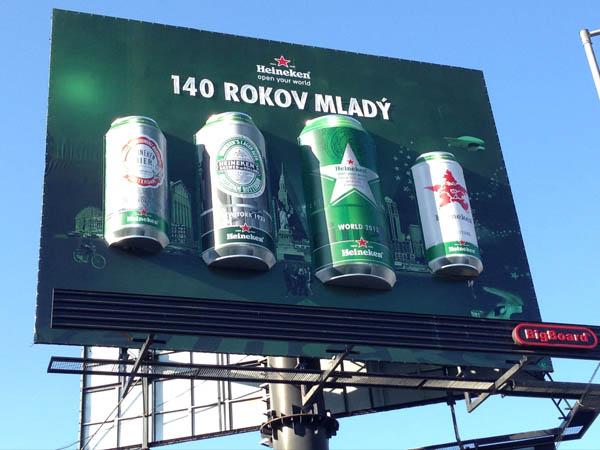
Fascias, totems, pylons, masts, illuminating attics and bigboard extensions
Illuminating fascias, totems, pylons, masts and attics are usually part of the exterior guiding system of buildings and objects that usually attract visual attention on main roads and street traffic.
Currently, they represent a very common and popular form of company presentation, mainly thanks to the ever-expanding and unceasing construction of business parks, shopping centers, hypermarkets and various department stores, but they are also very well applicable for companies and organisations of a different character, e.g. gastronomic such as hotels, guesthouses, restaurants, but also car showrooms and gasoline stations.
With their current need for complex equipment, they represent a separate interest of advertising producers, as one gas station requires a special approach with its many advertising and identification elements – mast logotype, illuminated attic covering the refueling stands, totem with prices, marking of the station’s services ( restaurant, cafe, canteen, social parts, but also a car wash ).
There is lot of applicable technology then associated on such a separate advertising island, which also requires an application of manual of corporate identification standards.
Currently, creative agencies and advertising campaign contractors show a great interest in superstructures applied on bigboard area, when the 2D surface of the mast is usually enriched with additional 3D elements that protrude out of the space of bigboard or beyond the framework of the bigboard surface, eventually is the night phase of the illuminated surface enriched by additional LEDs or RGB lighting, which has the task to increase the interesting effects of the illuminated graphics on a bigboard area and to attract more an attention of the potential client.

Banners and tension vinyl sheets
A simple, inexpensive, but at the same time very effective form of promoting a company, product or event for a shorter period of time, or for the duration of a time-limited advertising campaign, is the use of the alternative of cast advertising tension PVC banners or sheets.
This method of advertising and promotion is popular to both small and large companies and advertising agencies, banners can be rolled up after use, stored in a small space and kept for future use.
The advantage is the use of a relatively large area without dilation and without working joints, sheets are produced in widths of up to 6.5 m, the length is practically infinite. The edges of the banners are bent, reinforced and ironed, the rings for stringing the tension rubber band are installed in the edges according to the client’s request at axial distances of approx. 200-300 mm from each other.
The graphic is usually printed on the banner by UV printing, in the case of a simple graphic design in curves and without a grid, it is cut out of the foil on a cutting plotter and then glued to the surface of the banner.
The finished banners are then mounted in prepared frames of aluminum or steel constructions and stretched using rubber bands directly on the frame profiles or with S-hooks.
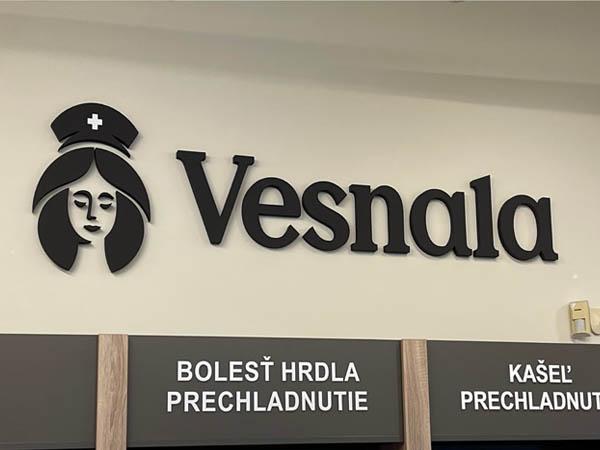
Advertising signs, logos and letters from polystyrene
Until recent times, the technology of logotypes, signs and letters cut from polystyrene with subsequent coloured surface treatment was usually suitable only for interiors and widely found especially in business and shopping centers.
With a temporary lifespan, this technology can currently be used outdoor as well, the logotypes, signs and letters produced by it are very affordable, so they can be renewed or made completely new after attrision, even after a short period and at low cost.
They are applied directly to the wall, facade or other substrate by gluing, they are usually required for non-illuminated variants, but it is also possible to produce them as an illuminating alternative with backlighting in the form of so-called light cushion.
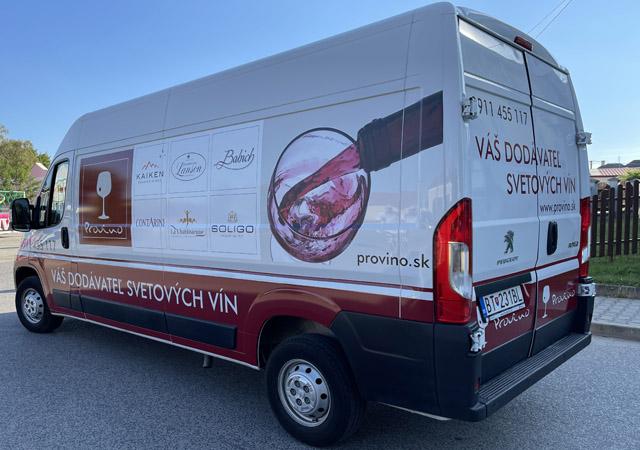
Advertising stickers for cars and showcases
For the purpose of sticking the cars and showcases of shops, the customer can choose from a wide range of self-adhesive foils with a matte or glossy finish, depending on the client’s request, in different qualities, which are able to maintain colour stability in the outdoor environment for 3, 5 up to 7 years.
Foils are usually cut on a carving plotter, in the case of a required raster graphic design, the graphics are printed on a digital printer, then they are applied by gluing to the car body, window or storefront glass, or to various other background surfaces.